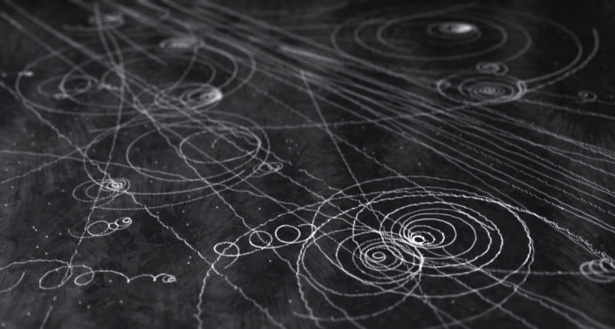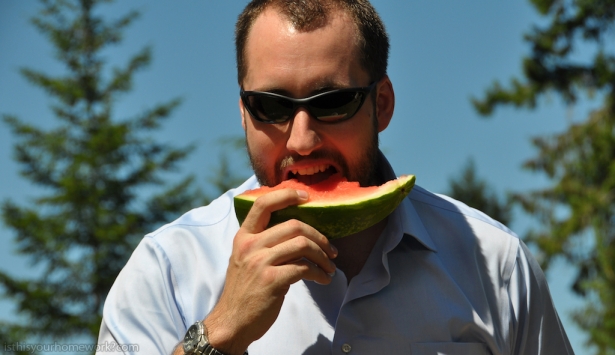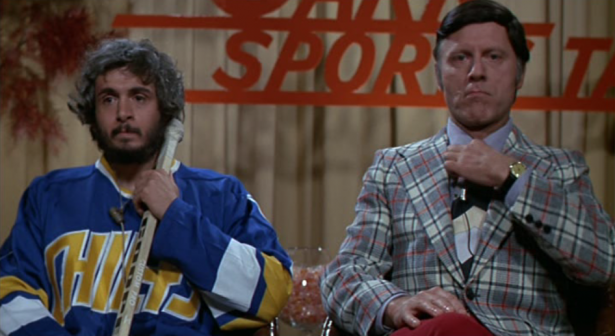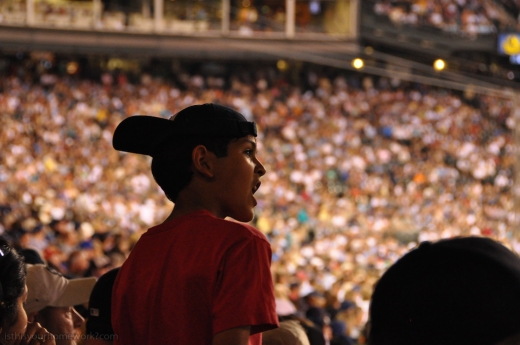News of a potentially huge breakthrough in physics, that the Cosmic Speed Limit may have been violated, has taken the world by storm this past week. As a fan of science in general and physics especially, I am excited not only by the observations reported, but also by the fact that physics, of all things, is capturing the interest of the general population.
While we occasionally hear news reports on cosmology, updates on the age of the universe or beautiful glimpses at the jeweled treasures of our galaxy, and while the happenings at the LHC sometimes percolate up into the level of the general news, it is infrequent that these reports truly grab the attention and spark discussion among the wide population.
Yet the recent news that something has perhaps violated the ‘law’ that nothing can travel faster than light –a physical principle right up there with E=mc2, one which every child has known since they sat upon their mother’s knee– has been lighting up internet forums, social networking news-feeds, and office lunchrooms.
With this article, I’ll try to shed some light (har!) on the recent developments, and hope to share a bit of my enthusiasm (and skepticism) of the news.
I remember when you could get both seedless and true watermelon. I remember trying the seedless version. It was but a pale shadow of the vibrantly red, beautifully sweet, and deliciously refreshing true seeded wonder-food.
A true watermelon was pure ambrosia for a child. Similar in colour and property to the high-octane hummingbird food which fuels their unbounded energy, a watermelon served as the perfect pit-stop for young racing machines. Whether participating at the Picnic Grand Prix, the Baseball 500, or the Beach Superspeedway, every nanosecond spent on pit-row eating or drinking meant that you were missing out on everything that was going on.
In this way, watermelon seemed as if it were purpose engineered to suit the needs of youth. Not only would it provide both requirements of life, sugar and liquid, but your last piece could be taken on the go, shaving precious moments off your down-time.
That your hands, face, chest, and right forearm from elbow toward wrist would be smeared with stickiness was inconsequential to a kid. It would be washed off by the next plunge, or covered up by a film of dirt, or perhaps neither. To paraphrase a line from Predator: “Ain’t got time to clean”. It’s not that a conscious decision was made by an elite commando to ignore his wound, nor does a kid intentionally ignore the slathering of gluey juice, rather it simply isn’t on the radar of ‘Things That Are Important Right Now’.
Of course, when that final wedge was finished, you were left with a rind of the perfect size and weight that needed to be hucked into the woods/lake/ocean or sometimes onto the roof. It was food after-all, so it wasn’t littering.
I’m going in for PRK Laser Eye Surgery in a few days, and true to character I’ve done more than my share of research. I’ve learned quite a bit, and I’d like to share some of it with you. [Edit: Be sure to check out my follow-up account of the surgery: My Laser Eye Surgery, Part I: PRK Pre-Op Preparation and the forthcoming Part II] Unfortunately I don’t have the time to give this topic the full attention it deserves, so this post will be a primer on Laser Eye Surgery and especially why I think Lasik and other corneal flap-based methods are ill-advised compared to PRK and other surface ablation methods. See this as an advisement to seek further information.
Please don’t take my word for this. Please use this as a jumping-off point for your own research.
I don’t want this to be a ‘scare’ post, but I’ve spoken with many people recently who really didn’t know much about the laser eye surgery they had done, especially the complications specific to Lasik. I spoke with one man who had Lasik done, but he didn’t know that he had a flap cut in his cornea! Indeed he insisted that there was no flap. We did establish that he had Lasik, he had no pain and good vision the next day (definitely Lasik), but he was adamant that there was no flap to worry about. That was scary to me, because it means that, whether or not he was actually told about the procedure or about the flap risks, he certainly never understood the procedure, the risks, or the care you have to take with the flap.
In my experience with my own research of the available information on Lasik and PRK over the past 10+ years, and especially in the past several weeks, the practitioners of both procedures largely (or completely) gloss over the risks, and most patients make uninformed decisions. If people go in with eyes-open (ahem), then it’s their choice, but I hate to see people getting the wool pulled over their eyes (apologies again for the punnery).
If you’ve informed yourself and want Lasik, I’d suggest stopping here. However, if you’re unsure of the differences between the procedures, or if you are unsure of the risks of the procedures, you may want to continue reading. Please don’t take my word for this. Please use this as a jumping-off point for your own research.
Read the rest of this entry »
I’ve been a bit… preoccupied of late. I’ve been watching the 2011 Stanley Cup Playoffs and have been far too consumed with wins, losses, and playoff beard growth to write anything coherent. The playoffs are not quite over, tomorrow we’ll be playing Game 6 of the Finals, but before then, I’d like to share some thoughts.
Roberto Luongo is stealing the Stanley Cup Finals.
Specifically, I’d like to talk about goaltending. As a hockey fan and hockey player who relatively late in life at 29, took up goaltending, I have a rather keen perspective on the game both from the perspective of an average, knowledgeable hockey fan who knows little about goaltending, but also from the perspective of a goalie. Let me tell you, from the new perspective, the game has not been the same.
It is from this perspective that I’ve been watching this years’ playoffs. With this added insight, an insight which few hockey fans ever have a chance to attain, one which I certainly didn’t have until taking up the position, I’ve had to listen to thousands (millions?) of sportswriters and Canucks fans, both casual and die-hard, decry our goaltending from their comfortably ignorant perspectives.
At times it’s as if we are watching two different games, but it’s clear to me that Roberto Luongo is stealing the Stanley Cup Finals.

Roberto Luongo of the Canucks makes a save in a 4-0 loss to the host Bruins in Game 4 of the Stanley Cup final at TD Garden.
Someday I’ll write-up an in-depth exposé on the cult of goaltending, an outsider’s view of the quirky and arcane art of what some call ‘the hardest position in sport’. After which I always add ‘to play well’.
For now though, let’s save that for later. Let’s stick with a few high-level goaltending concepts which may seem foreign at first, which you may not even believe, but which are indeed true and absolutely essential in understanding the position.
Once we establish a common level of understanding about goaltending, and if we can all agree on these points, at least for the duration of this post, then we can all look at Luongo’s play during the Canucks’ 2011 Stanley Cup run to date from about the same perspective. I think that will be helpful.
Read the rest of this entry »
As the 2010-2011 NHL Regular Season draws to a close, fans of the Vancouver Canucks have a lot to cheer for. Vancouver’s 40th anniversary in the NHL has been a superlative year in most respects, the team smashing club record after club record, winning for the first time the President’s Trophy by finishing as the best team in the league, and perhaps most importantly, being the odds-on favourite to win the Stanley Cup. *knock wood*
For my money though, as much as the on-ice product, this year it has been the on-air product which has provided so much of the entertainment. If the Fred J. Hume Award goes to the unsung Canuck hero, my vote for its fictive off-ice analog goes to those that bring us the games each night, specifically John Shorthouse, John Garrett, and Dan Murphy, the respective play-by-play man, colour commentator, and game host for Sportsnet Pacific, Vancouver’s local sports network.
To be sure, I enjoy watching my team perform well. I’ve delighted in watching the Sedins put the fear of Norse gods into opposing teams, working impossible magic with their unlikeliest of triplets in Alexander Burrows. I’ve been surprised and thrilled watching the amazing talent and boundless guts of Kesler 2.0, the man who went into the Vancouver 2010 Olympics a great talent with an even greater chip on his shoulder, but who walked away a super-hero with a silver medal hanging proudly on tall shoulders. I have loved watching two of the best goalies in the league develop an unlikely friendship, quietly racking up amazing stats, while most of the hockey world looks in the other direction. I’ve enjoyed all the stories of our team, the struggles they’ve faced, and their consistent response: winning.
Yes, I just analogized a hockey game with Aristotelian rhetoric, deal with its aptness, I am Canadian.
Of course, like all Canuck fans, I wish for 16 wins in the post season. That said, seeing the team winning isn’t why I watch the Canucks. If all one cares about is winning, one may as well be a fan of the Yankees. I watch for the drama, the underlying narrative of the team and the players, the feeling of participation in the endeavour.










